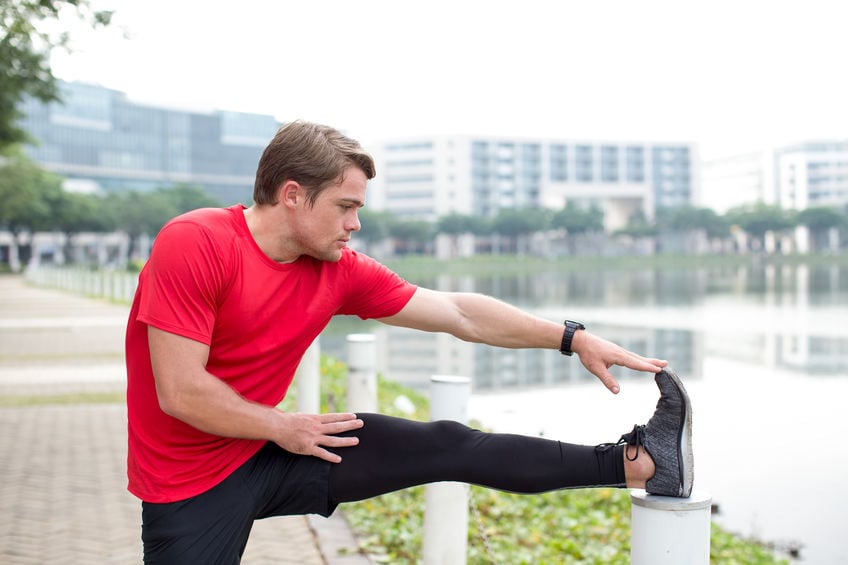Working Out Hurts, What Do I Do?
From bodybuilding and cross fitness routines to endurance running and yoga, intense exercise routines can keep patients healthy and strong. People often report muscle pain or weakness during or after the routine when pushing bodily limits. Although a degree of soreness is common after working out, seek out an orthopedist if sharp pain lasts over 48 hours. To equip patients with the right information to distinguish pain, doctors suggest keeping a close eye on symptoms. Determining the difference between good and bad pain hinges on patient health history and the type and duration of sensation after a workout.
Getting your feet wet
When beginning a new exercise routine, introduce movement gradually. Pushing the body too far too fast raises the risk of injury and microtraumas within muscles. Common ailments, such as tendinitis and sprains, can be avoided mainly by slowly and gradually increasing a workout’s intensity. Patients who smoke or exhibit low aerobic endurance should be cautious to introduce vigorous exercise gradually.
Feeling the burn
Many people enjoy the burn which comes with working out, but when does the burn turn into pain? Consider taking a break when a particular movement becomes painful. While a certain low-level burn is activating, a sharp pain is not recognized as a hallmark of a healthy gym session. To lower the risk of injury, avoid repetitive movements that stress the body.
How long is too long?
Healthy soreness after a workout consists of tiny microtears or inflammation in the muscles. If appropriately rested, the body builds the impacted muscle back stronger than before. However, if the pain lasts longer than a few days, patients should seek out a healthcare practitioner to diagnose the problem. Persistent pain is often a sign of injury. Visiting the doctor can help patients find proper treatment while minimizing additional damage.
No pain, no gain
A recent study shows 8 in every 10 people in the United States will experience upper, mid, or low back pain at some point in life. Often a side effect of hitting the gym, healthy muscle soreness will disappear within a few days of comprehensive rest. If pain continues or begins to hinder daily activities, a consulttion with a healthcare professional is recommended. Stretching, staying hydrated and gentle movement helps many patients stay pain-free. By developing a pattern of recognizing symptoms quickly, many patients can avoid future injury.



